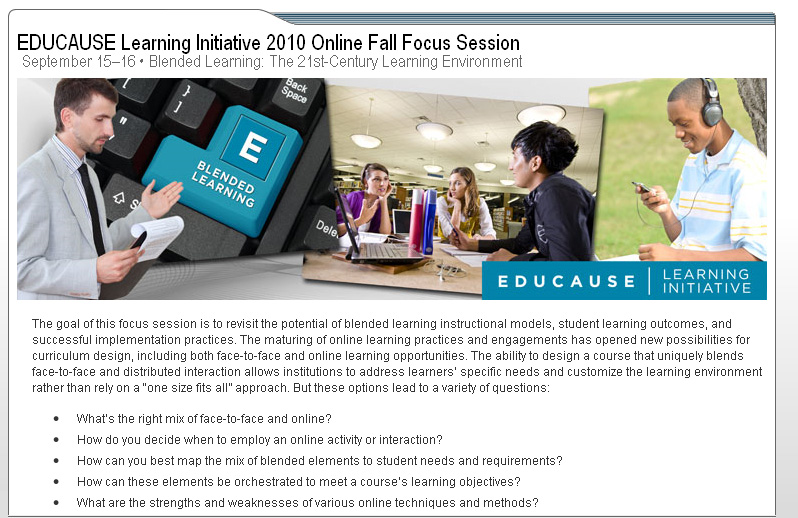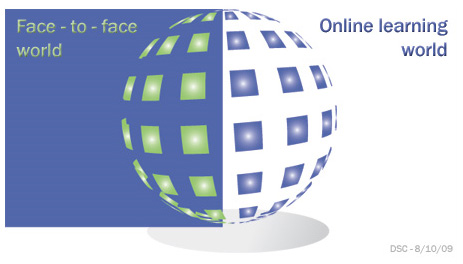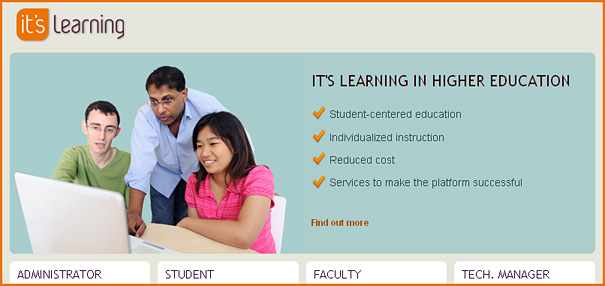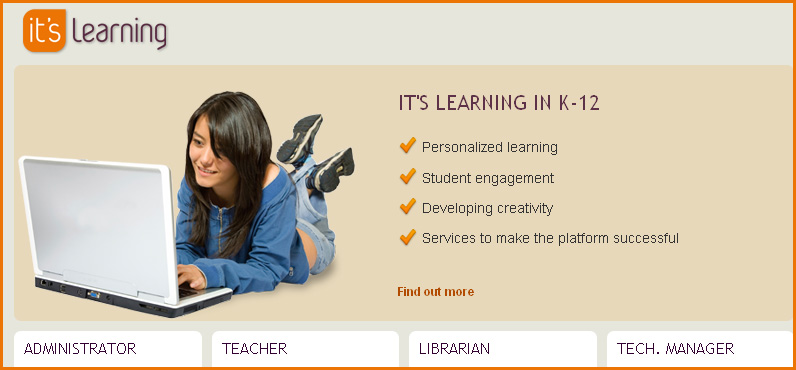Public School 69 teachers the first in NY to experience a new concept in K-12 education: the digital teaching platform — from eSchoolNews.com
Dallas, Texas — June 23, 2010 — Public School 69 – The New Vision School, an 87-year-old school in the Bronx surrounded by single-family homes and low-rise apartment buildings, has plenty of experience with technology. But this month the school catapulted to the forefront of New York’s educational technology cutting edge as the first public school in the state to introduce its teachers to a new concept emerging in K-12 education: the digital teaching platform.
This June, 12 teachers from P.S. 69 participated in a comprehensive professional development program to introduce the Time To Know digital teaching platform to their fourth and fifth grades classes this fall. Time To Know is a complete, interactive curriculum system designed specifically for today’s one-to-one computing classrooms. The digital teaching platform empowers teachers to easily manage instruction, individualize learning, assess mastery in real time, and provide immediate feedback to students. Designed around guided constructivist principles, Time To Know’s digital comprehensive curriculum helps students build 21st century skills, including problem-solving skills, higher order thinking, and cooperative learning to prepare them for high stakes tests and the future.
…
“When your school test scores are in the mid-90s, it’s difficult to maintain and improve upon that level of performance. But when I saw Time To Know, I knew this was a tool to bring my school to the next level. A key benefit of the program is that it allow teachers’ individual personalities and teaching styles to shine,” said Cohen. “My teachers are thrilled with the professional development they’ve received. The Time To Know staff members are very knowledgeable about the standards for New York City and for the state, and how to meaningfully connect the standards with curriculum and assessment to improve student achievement.”
More…
















